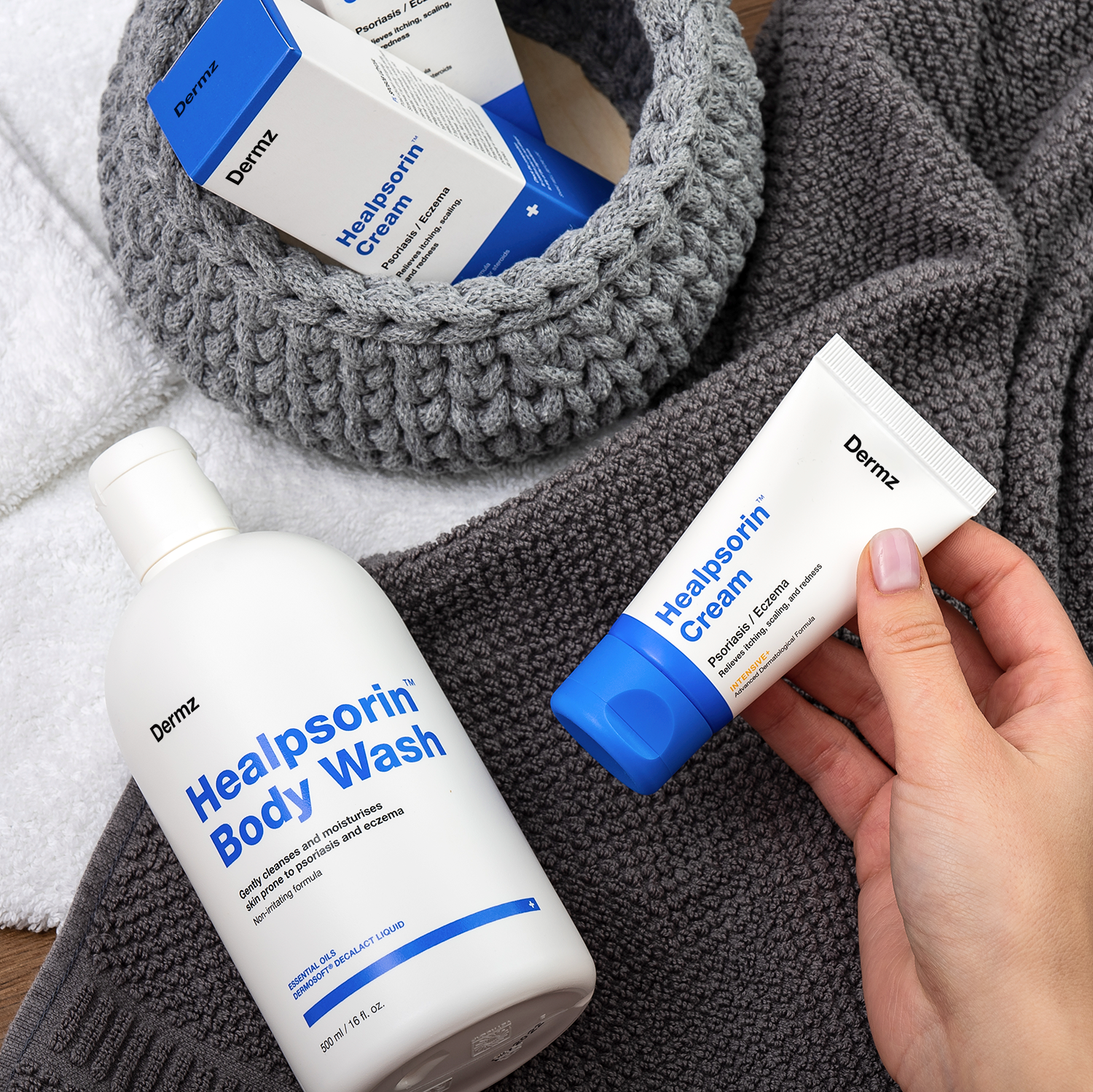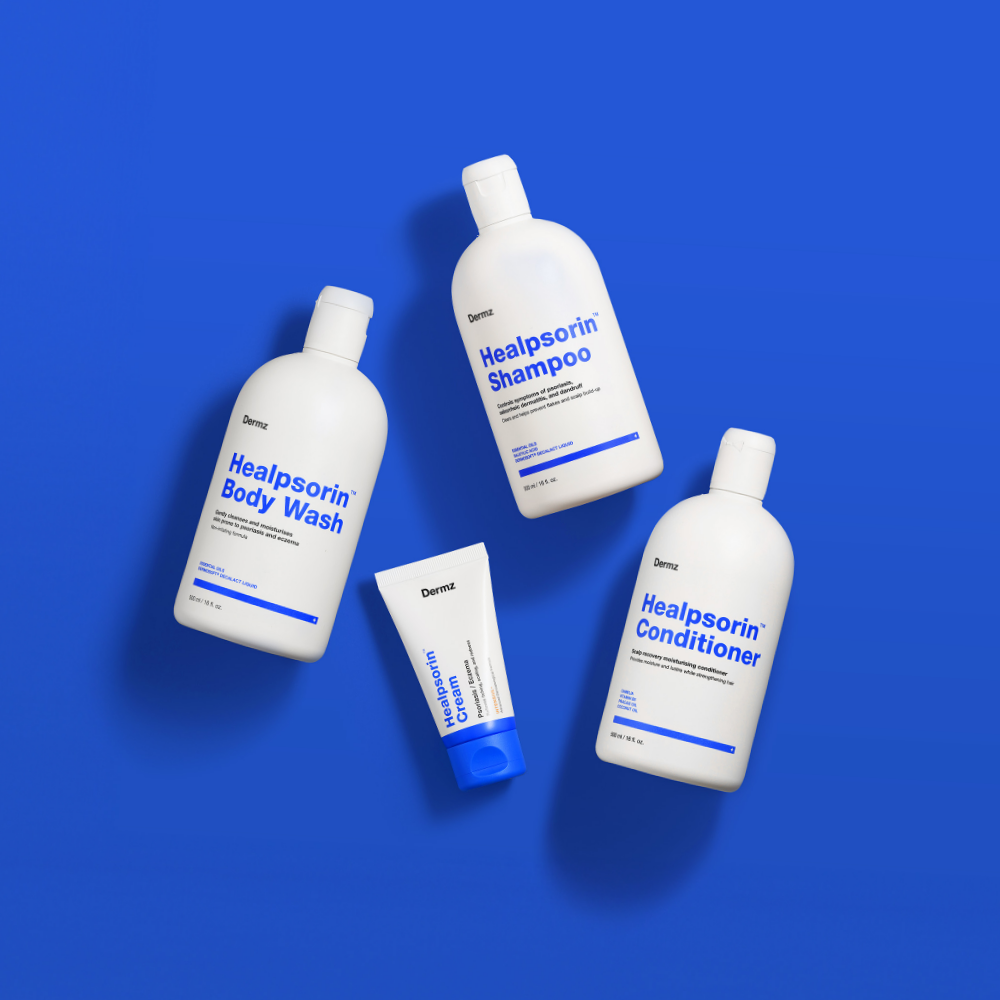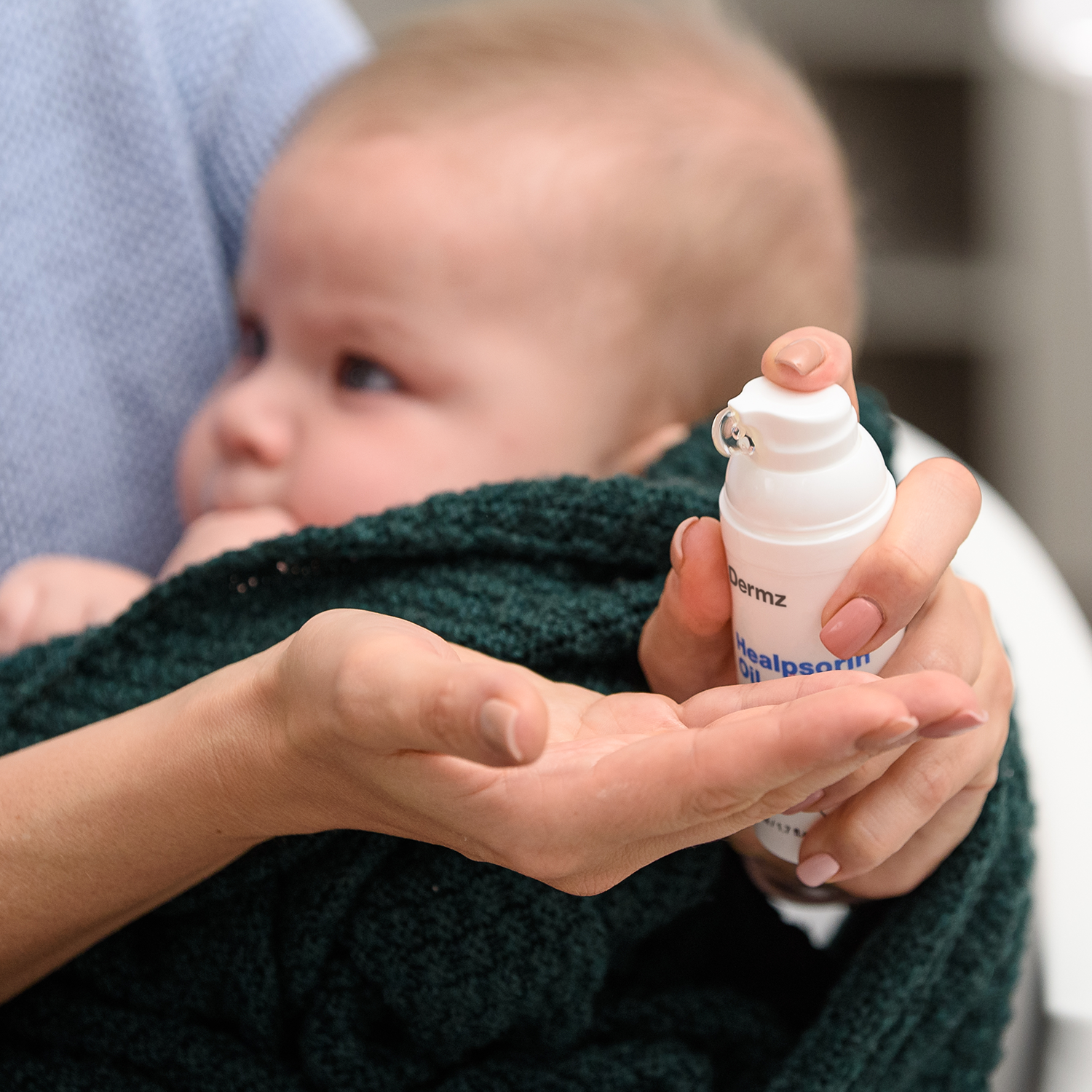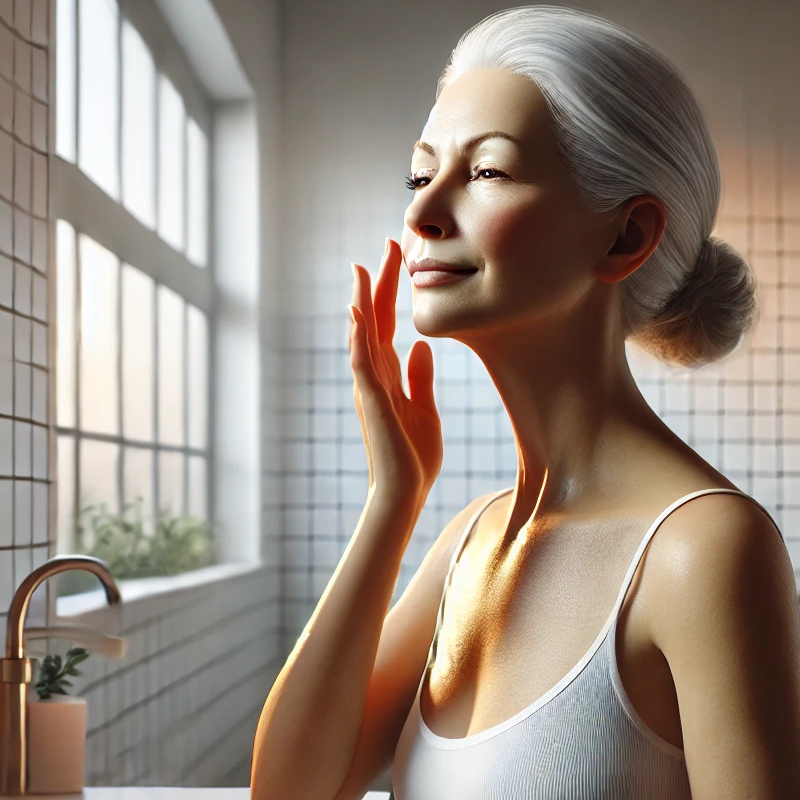The sensitive baby’s skin needs treatment with special attention. It concerns especially babies with eczema. How can the eczema symptoms be recognized, and what should we do about them? Check out how to nurse your baby’s skin to avoid aggravating the symptoms.
Why baby’s eczema happen? The general reasons
As same as in the case of adults, a baby’s eczema is genetically determined. If parents suffer from eczema, there is a high probability of the baby’s illness. However, some environmental factors can activate the disease and cause the symptoms. One of the triggers is allergenic substances in cosmetics dedicated to babies. Preservatives, unnatural cosmetic dyes, and antibiotics can cause problems with the skin.
What is more, lanolin can be the trigger, too. It is a frequent component, so you better check the cosmetics composition. The other reason for the eczema is inadequate fabrics and metal parts of the clothes, like metal fasteners. Every case is different, so you should observe your baby and react to the event of eczema’s symptoms.
You should know that the symptoms generally appear during the first year of life. More than half of the cases concern babies and less than one-third concern children between the first and fifth years of life. However, the baby’s eczema usually goes into remission between the third and sixth months of life.
How to recognize baby’s eczema?
Better take note of skin lesions like rashes, clots, blisters, and scabs. Skin can be dry, reddened, and flaked. Because of the itchiness and burning of the skin, the baby can try to scratch the inflamed places on the body. Baby can be tearful, sensitive, and can have problems with sleep. React if you observe changes in the skin’s appearance and the baby’s behaviour. The most important things are visiting the doctor and changing the everyday care routine.
Where do you have to look for rash and other changes? The most common places are hairy scalp and face (for example, cheeks). Better check the places where the skin has contact with metal buttons. In the case of older children, the symptoms are visible in the elbow and knee bens, neck, wrists, and between buttocks.
Dealing with baby’s eczema
It is significant to make it impossible for the baby to scratch the skin. You can use cotton socks and gloves to prevent this. Remember not to bathe the baby in hot water. The lukewarm water will be good for sensitive skin. After the bath, use a gentle towel and do not rub the skin. Choose clothes produced with natural, organic fabrics and wash them with gentle laundry detergent. When you worry about your baby and the skin is very inflamed consult the doctor. Do not use medicaments without consultation with a specialist.
Everyday baby’s skincare
First of all, eliminate the triggers. Throw away all cosmetics and clothes that can aggravate the symptoms. Better use the natural cosmetics dedicated to babies with eczema problems. The Healpsorin Baby series is produced with the thought of sensitive baby’s skin. Cosmetics that concern no unnatural components and are gentle on the baby’s skin. You can use the the Healpsorin Baby Shampoo during every hair wash. It concerns D-Panthenol, inulin, and sugar beet betaine to clean, moisturize, and condition hair and scalp. Use the Healpsorin Baby Emulsion. This product is gentle for the skin but guarantees quick and adequate treatment because of the calendula extract, comfrey root, and sweet almond oil. This emulsion strengthens the natural barrier, delivers hydration, and helps inflamed skin. You can complete the skin care with the balm and the oil, also dedicated to baby’s skin. These products can soothe, protect, and enrich the skin. Because of the ceramides, prebiotics, and natural oils, it will be the best finish.






